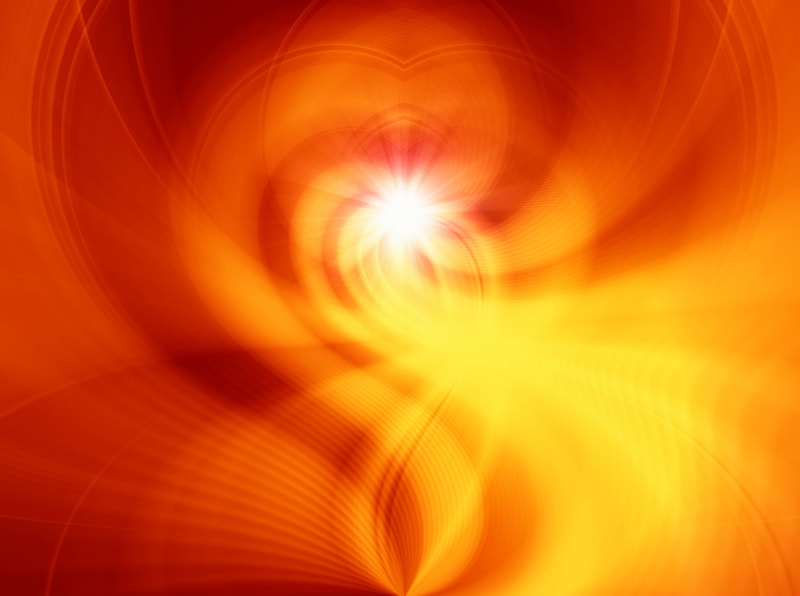To start off any discussion let us stick to facts and actual observations. As you know it is a fact that we humans have an unlimited imagination considering science fiction, magic, religions with thousands of Gods, Superman, Harry Potter and lots of other examples, so let us avoid using speculations.
Any Creationists will be surprised that most Atheists agree totally with their assertion of “Something cannot come from nothing”. This is such a logical conclusion that no one can argue with. The problem is with the meaning of the word “nothing”. It is often understood, to be a totally empty space, but space is not nothing, it is part of our universe. If “absolute nothing” existed we (including God), would not be here having this discussion, but since we are here, factually, it means that “nothing” does not exist in reality. It proves that there always must be something, Aha! says the Theist, that must be God! No, remember, no speculations!
The fact that “absolute nothing” does not exist also indicates that, although we have no idea what this “something” is, that it is eternal. We do observe our universe, so we know it is real and so are the natural laws we know (fact) since we use them all the time, for example to fly to the moon. We do research and experiments all time. We observe the smallest particles or waves combine to form larger entities such as atoms. Atoms form molecules and molecules become more complicated (observed). We find that a hydrogen atom will readily combine with an oxygen atom but not with an argon one. How does a hydrogen atom know that? (remember: no speculation). It is obvious that there is some sort of primitive sense that makes this happen. Chemical reactions, governed by the natural laws we observe, are real, catalysts influence chemical reactions even if they do not participate. These reactions are governed by the laws of nature. We know they exist. Why? We don’t know yet, but do not attempt to fill the gaps in our knowledge with “God” or other magic.
There is another process called “emergence”. Emergence occurs when a complex entity has properties or behaviours that its parts do not have on their own and emerge only when they interact in a wider whole. For a simple example, Salt is a molecule of Sodium and Chloride and has behaviours that neither of these atoms have on their own. All this takes place naturally without the need for a magic power as a result off observed natural laws.
Another misconception is that creationist seem to think that evolutionists rely on ‘chance’ to explain Abiogenesis (the appearance of life from non-life). According to the creationist, chance to create life from non-life could not be the cause due to the ‘fact’ that the odds are so enormous that it could never happen. We have addressed that fallacy before. Look for it.










 RSS Feed
RSS Feed